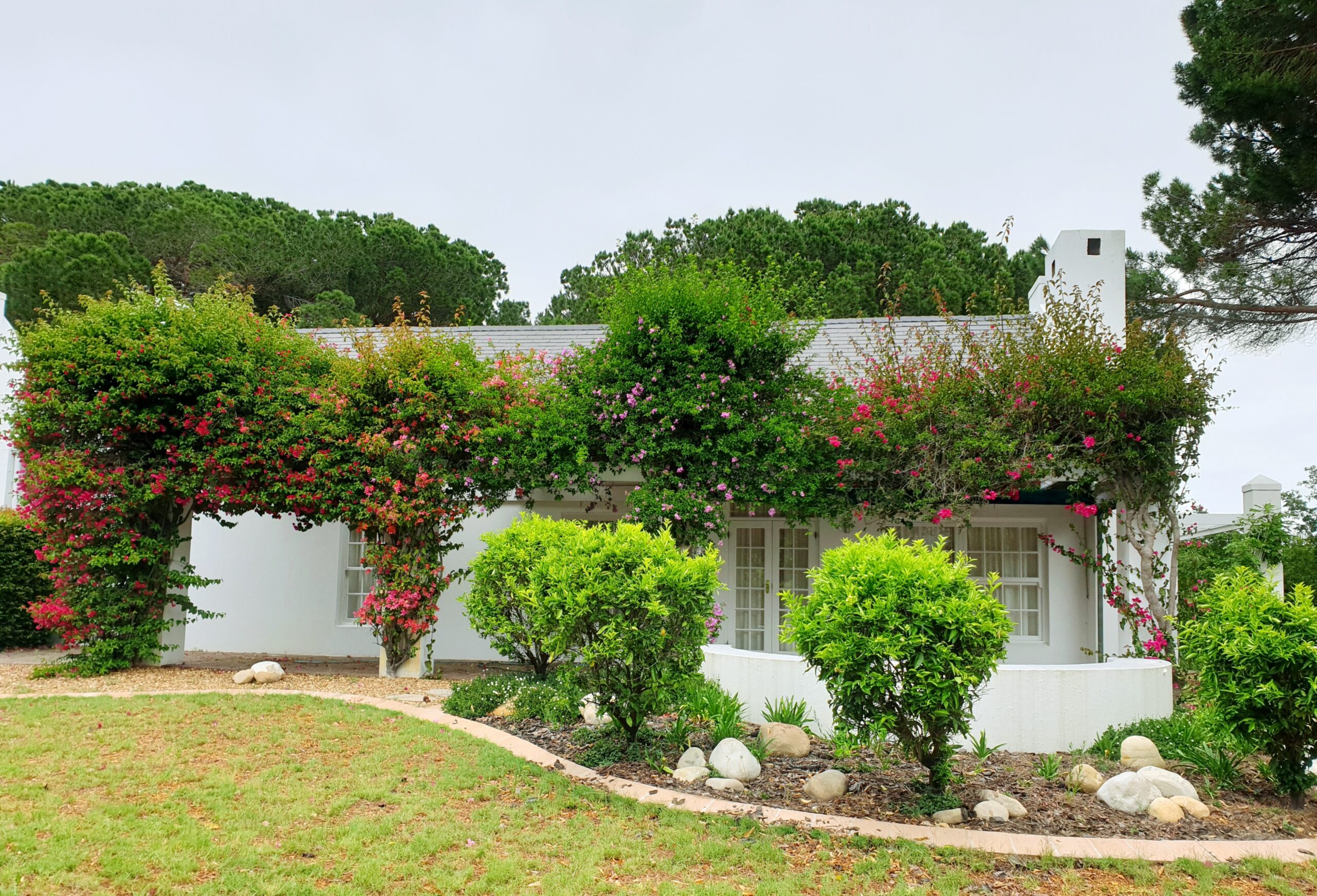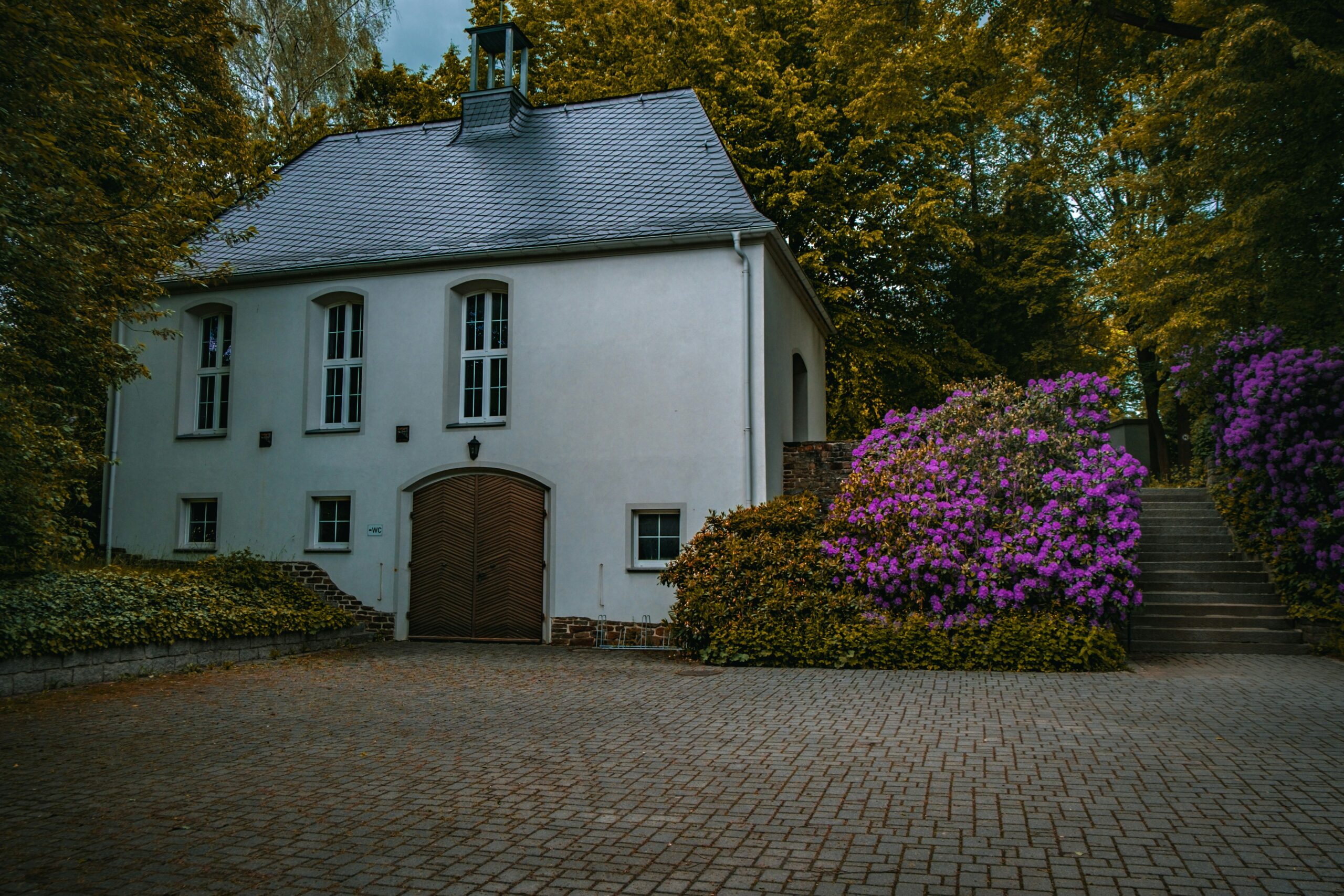Specimen trees can be the crown jewels of any landscape. These remarkable trees are carefully selected for their unique characteristics, serving as focal points and adding distinctive flair to your yard. But what exactly is a specimen tree? In this article, we will explore the definition of a specimen tree, their importance in landscaping, and provide valuable tips on how to select the perfect specimen tree for your new home. Whether you are a new homeowner or a seasoned gardener looking to enhance your outdoor space, this guide will equip you with the knowledge you need to create a stunning, eye-catching landscape.
What Is a Specimen Tree?
A specimen tree is one that has been hand-picked for its exceptional qualities and aesthetic appeal. It is generally chosen to serve as the landscape’s focal point, where it can attract attention and serve as an artistic flourish. Typically, specimen trees are older, larger trees that have been selected for their unusual foliage, bark, or blossoms.
These trees were selected to make a bold stylistic statement in the yard. They can be used to create a sense of drama and provide a focus point for the eye to rest on. Specimen trees are often placed in prominent locations, such as the center of a lawn or near the entrance of a home, to make a strong visual statement.
Why Are Specimen Trees Important in Landscaping?
Specimen trees play a crucial role in landscaping by adding depth, texture, and beauty to the overall design. They can transform an ordinary yard into a visually stunning and captivating space. Here are a few reasons why specimen trees are important in landscaping:
1. Focal Point: Specimen trees create a focal point in the landscape, drawing attention and providing a visual anchor for the rest of the design. They can help to define the overall style and theme of the yard.
2. Visual Interest: Specimen trees add visual interest to the landscape with their unique features. Whether it’s the vibrant colors of their leaves, the texture of their bark, or the shape of their branches, these trees can captivate and engage the viewer.
3. Seasonal Beauty: Many specimen trees offer seasonal beauty, with stunning flowers in the spring, vibrant foliage in the fall, or interesting bark year-round. This adds variety and interest to the landscape throughout the year.
4. Shade and Privacy: Specimen trees can also provide shade and privacy, creating a more comfortable and intimate outdoor space. They can block unwanted views, reduce noise, and create a sense of seclusion.
5. Environmental Benefits: Ornamental trees, shrubs and specimen trees, offer numerous environmental benefits. They can help to improve air quality by removing pollutants and producing oxygen. They also provide habitat for wildlife and contribute to the overall health and biodiversity of the ecosystem.
What Types Of Trees Are Commonly Used As Specimen Trees?
Japanese Maple (Acer palmatum)
Known for their impressive foliage and graceful form, Japanese Maples are highly popular as specimen trees. They come in a variety of colors, ranging from vibrant reds to golden yellows, making them a visually striking addition to any landscape.
Flowering Dogwood (Cornus Florida)
With its showy, four-petaled flowers in shades of pink and white, the Flowering Dogwood is a classic choice for a specimen tree. Their unique traits and vibrant blooms make them a favorite among homeowners.
Weeping Willow (Salix babylonica)
If you’re looking for a tree that adds drama and elegance to your yard, the Weeping Willow certainly fits the bill. With its gracefully drooping branches that sway in the wind, this tree creates a serene and picturesque atmosphere.
Bradford Pear (Pyrus calleryana ‘Bradford’)
The Bradford Pear is a popular choice due to its stunning spring blossoms and vibrant fall foliage. Its symmetrical shape and fast growth rate make it an ideal specimen tree for those seeking quick results.
Red Maple (Acer rubrum)
Red Maples are known for their vibrant red foliage in the fall, making them a striking choice for a specimen tree. They also have attractive red flowers in the spring, adding beauty throughout the year.
Eastern Redbud (Cercis canadensis)
The Eastern Redbud is a small tree with heart-shaped leaves and vibrant pink or purple flowers in the spring. It is a popular choice for a specimen tree due to its unique beauty and ability to attract pollinators.
American Holly (Ilex opaca)
The American Holly is an evergreen tree that adds year-round interest to a landscape. It has glossy green leaves and produces bright red berries in the winter, providing food for birds and wildlife.
Southern Magnolia (Magnolia grandiflora)
The Southern Magnolia is a majestic tree with large, fragrant white flowers and glossy green leaves. It is a popular choice for its beauty and ability to provide shade and privacy.
Bald Cypress (Taxodium distichum)
The Bald Cypress is a unique specimen tree that thrives in wet areas. It has feathery foliage that turns a beautiful golden color in the fall. It is also known for its ability to withstand strong winds and hurricanes.
Dawn Redwood (Metasequoia glyptostroboides)
The Dawn Redwood is a deciduous conifer that is known for its rapid growth and unique feathery foliage. It provides a striking focal point in any landscape and has a fascinating history, as it was once thought to be extinct.
How to Select the Perfect Specimen Tree for Your Yard
1. Assess Your Space:
Before choosing a specimen tree, assess your yard’s size, soil conditions, and sunlight exposure. Consider the mature size of the tree and make sure it will fit well in your space without overcrowding or causing any damage.
2. Consider Your Needs and Preferences:
Think about what you want to achieve with your specimen tree. Do you want it to provide shade, privacy, or seasonal interest? Consider your personal preferences in terms of tree shape, foliage color, and overall aesthetic.
3. Research Tree Varieties:
Familiarize yourself with different tree varieties and their characteristics. Consider factors such as growth rate, maintenance requirements, and potential disease or pest issues . Look for trees that are well-suited to your climate and can thrive in your specific conditions.
4. Consult with Experts:
If you’re unsure about which specimen tree to choose, consult with a local arborist or nursery professional. They can provide expert advice and recommendations based on your specific needs and the conditions of your yard.
5. Visit a Nursery:
Visit a local nursery to see and touch different specimen trees in person. This will give you a better idea of their size, shape, and overall appearance. Take note of any trees that catch your eye and ask nursery staff for more information on their characteristics and care requirements.
How Tall Should My Specimen Tree Be?
The ideal height of a specimen tree can vary depending on your specific goals and preferences. Some homeowners prefer taller trees that command attention and provide instant impact, while others may opt for smaller, more manageable options. It is important to consider both the current height of the tree and its potential height at maturity.
In terms of age, specimen trees are often chosen for their maturity and well-developed structure. These trees are typically older, allowing them to showcase their unique characteristics and beauty that comes with age. However, the age of a specimen tree is not the sole determining factor. It is also essential to evaluate the overall health, condition, and visual appeal of the tree.
How Do You Maintain a Specimen Tree?
1. Watering: Proper watering is crucial for the health of your tree. Young specimen trees often require more frequent watering, especially during dry spells. Water deeply, allowing the water to penetrate the root zone. Avoid overwatering, as it can lead to root rot.
2. Mulching: Apply a layer of organic mulch around the base of the tree. Mulch helps retain moisture, prevents weed growth, and regulates soil temperature. Avoid piling the mulch against the trunk as it can cause decay or attract pests.
3. Pruning: Regular pruning is essential to maintain the shape, structure, and overall health of your specimen tree. Remove any dead, damaged, or diseased branches. Prune selectively to enhance the tree’s natural form while ensuring good airflow and sunlight penetration.
4. Fertilization: Depending on your tree’s specific needs, it may benefit from fertilization. Consult with a local arborist or horticulturist to determine the appropriate fertilizer and application method for your specimen tree. Avoid excessive fertilizer use as it can harm the tree.
5. Pest and Disease Management: Monitor your tree regularly for signs of pests or diseases. Treat any issues promptly to prevent further damage. Consult a professional if you are unsure of the best course of action.
6. Protection: Protect your specimen tree from potential damage, such as strong winds or heavy snowfall. Consider installing stakes or supports to reinforce the tree and prevent it from leaning or breaking. Additionally, be mindful of any construction or landscaping activities near the tree, as they can cause damage to the root system.
Conclusion
In conclusion, specimen trees are an excellent way to add a touch of extraordinary beauty and character to your landscape. These exceptional trees stand out from the ordinary, with their unique features, striking forms, and captivating presence. When choosing a specimen tree, it is essential to consider factors such as height, age, and overall health. By investing in a specimen tree, you are making a statement. You are creating a focal point that will capture attention and admiration, and turn your yard into a true showpiece. Whether you seek grandeur, elegance, or a touch of whimsy, a specimen tree can fulfill your desired vision.
Final Thoughts
Ready to witness the remarkable transformation of your outdoor living space? Look no further than Terracare Landscaping. With our extensive experience spanning over 35 years, we have perfected the art of creating and maintaining stunning landscapes in New Jersey. From Bergen County to Wyckoff and Franklin Lakes, our team of experts is dedicated to bringing your dream home oasis to life. Contact us today and prepare to be amazed as your outdoor space undergoes a breathtaking makeover.
Sources
1. https://www.gardenia.net/genus/acer-palmatum-japanese-maple
2. https://www.wildflower.org/plants/result.php?id_plant=cofl2
3. https://plants.ces.ncsu.edu/plants/salix-babylonica/
4. https://en.wikipedia.org/wiki/Pyrus_calleryana
5. https://www.gardenia.net/plant/acer-rubrum
6. https://hort.extension.wisc.edu/articles/eastern-redbud-cercis-canadensis/
7. https://www.southernliving.com/garden/trees/southern-magnolia-tree
8. https://plants.ces.ncsu.edu/plants/metasequoia-glyptostroboides/




